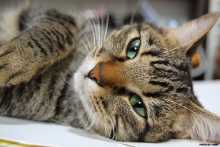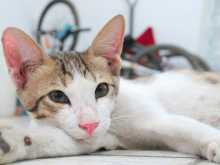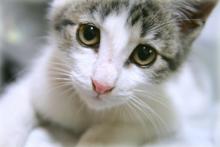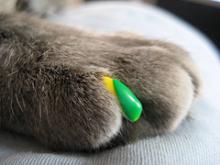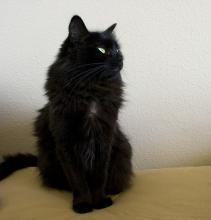Places to Find Cats
Craigslist
Craigslist is a great source for cats of all types. If you look in the Pets section, under Community, you will likely find many listings for kittens and cats, from beautiful Siamese to mixed breeds of all colors and ages. This is the first place I look when I am looking for a new pet.
Your Local Feed Store
During the warmer months, our local feed store has kittens available for free almost every single day. They allow anyone to bring in their kittens and leave them during the day to help them find new homes. I found my favorite cat of all time at the feed store, but I have also brought home fleas and ringworm from there too, so you need to use caution when getting your animals from a place like that.
Pet Shops
Personally, I won’t ever buy an animal from a pet store. I have yet to see a pet store that held their animals in a way I was comfortable with, and I don’t want to encourage that type of business. That being said, if you really want a new cat and can’t find one elsewhere, your local pet store may be an option.
You can also check your local paper, the vet’s office, and even the Walmart parking lot on a weekend to find cats for adoption.
